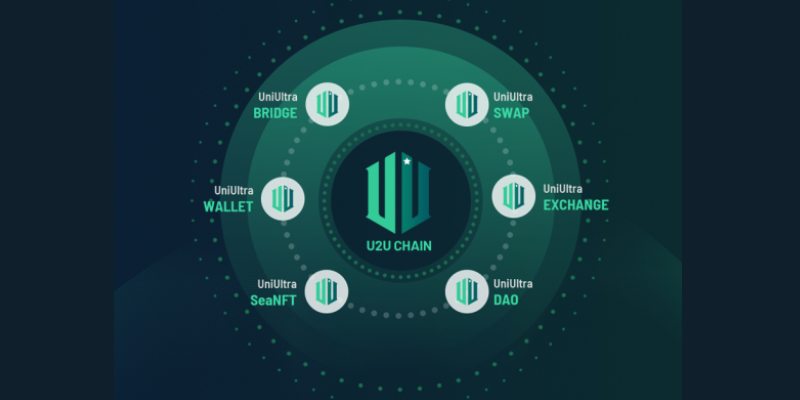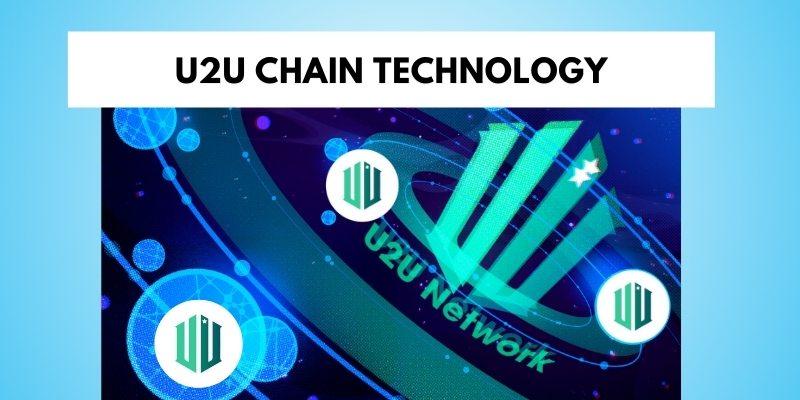Introduction to U2U Chain Technology
U2U Chain Technology, developed by Unicorn Ultra (U2U) Network, represents a paradigm shift in Layer-1 blockchain infrastructure. Designed to address the limitations of traditional blockchains, U2U Chain Technology delivers unparalleled scalability, speed, and security, positioning it as a cornerstone for decentralized applications (dApps) and Decentralized Physical Infrastructure Networks (DePIN). This article explores the innovative features that make U2U Chain Technology a game-changer in the blockchain ecosystem.

Core Innovations of U2U Chain Technology
Directed Acyclic Graph (DAG) Architecture
Unlike conventional blockchains reliant on linear chains, U2U Chain Technology leverages a Directed Acyclic Graph (DAG) structure. This architecture enables parallel transaction processing, significantly enhancing throughput and reducing latency. Key benefits include:
-
High Throughput: Achieving up to 17,000 transactions per second (TPS) per shard, with potential scalability to 500,000 TPS under optimal conditions.
-
Low Latency: Transaction finality in approximately 650 milliseconds, ideal for real-time applications.
-
Cost Efficiency: Parallel processing minimizes transaction fees, making U2U Chain Technology cost-effective for developers and users.
Helios Consensus Mechanism
At the heart of U2U Chain Technology lies the Helios consensus protocol, a hybrid of Asynchronous Byzantine Fault Tolerance (aBFT) and Delegated Proof of Stake (DPoS). This mechanism ensures:
-
Security: aBFT protects against malicious actors, even in asynchronous network conditions, ensuring robust decentralization.
-
Efficiency: DPoS selects trusted validators to streamline transaction validation, reducing energy consumption compared to Proof of Work systems.
-
Scalability: Consensus-based sharding divides validators into clusters, enabling parallel processing and near-infinite scalability.
Ethereum Virtual Machine (EVM) Compatibility
U2U Chain Technology supports EVM-compatible smart contracts, empowering developers to build dApps using familiar tools like Solidity and Rust. This compatibility facilitates seamless migration of Ethereum-based applications, fostering a vibrant developer ecosystem and accelerating adoption.
Subnet Technology
A hallmark of U2U Chain Technology, the Subnet framework allows the creation of independent, application-specific sub-networks. Subnets enhance scalability by offloading traffic from the mainnet while maintaining decentralization and security. Features include:
-
Universal Messages Verification (UMV): Ensures secure communication between subnets and the mainnet.
-
OstracismVM: A custom virtual machine that optimizes interoperability for diverse use cases, such as DeFi, IoT, and GameFi.
Advanced Security Features
U2U Chain Technology prioritizes security through:
-
Zero-Knowledge Proofs (ZKPs): Enabling private transactions without compromising data integrity.
-
Inter-ledger Protocol (ILP): Supporting secure cross-chain and cross-ledger payments for interoperability with other blockchains and traditional finance.
-
Trusted Execution Environment (TEE): Providing hardware-level protection against attacks, complemented by digital signatures.

Why U2U Chain Technology Stands Out
U2U Chain Technology surpasses many Layer-1 competitors, such as Ethereum and BNB Chain, by combining high performance with energy efficiency. Its DAG-based architecture and Subnet technology enable it to handle large-scale applications without bottlenecks, while its focus on DePIN positions it for real-world impact. With over 180,000 wallet addresses and 80 committed dApps, including flagship products like U2U Wallet and U2DPN, U2U Chain Technology is building a robust ecosystem backed by $13.8 million in funding from KuCoin Ventures, Chain Capital, and others.
U2U Chain Technology redefines blockchain capabilities with its innovative DAG architecture, Helios consensus, and Subnet framework. As a scalable, secure, and developer-friendly platform, it is poised to drive the next wave of decentralized innovation. To learn more, visit the U2U Network or explore its technical documentation at U2U Docs.

